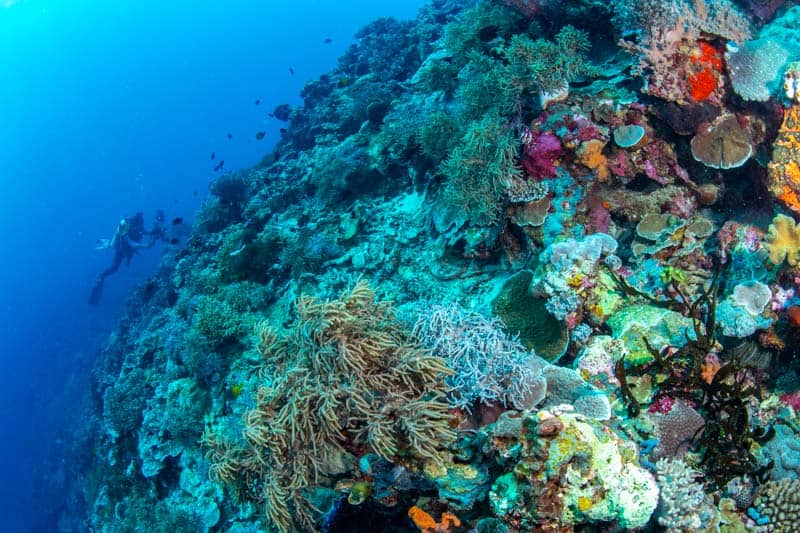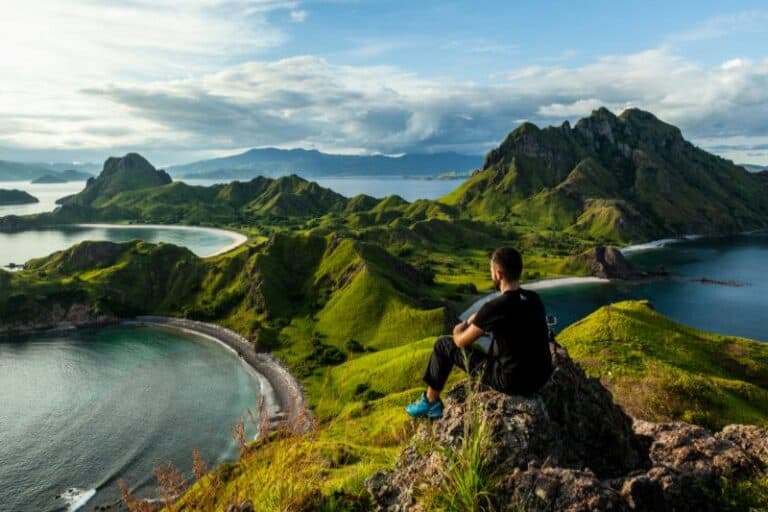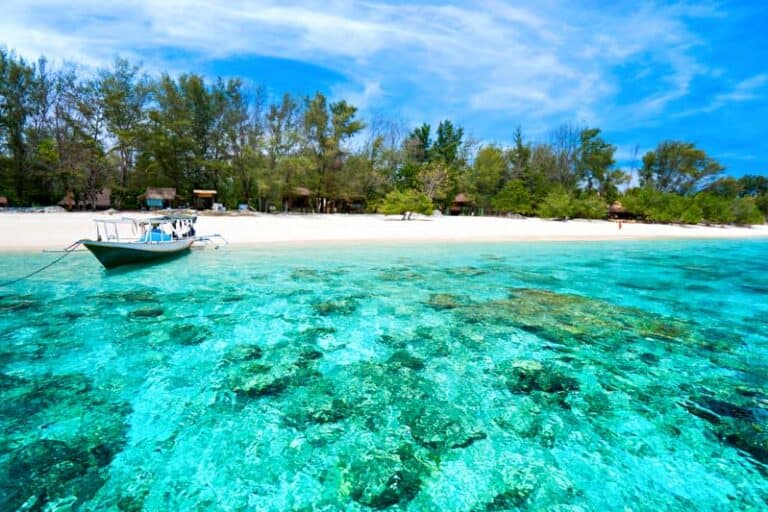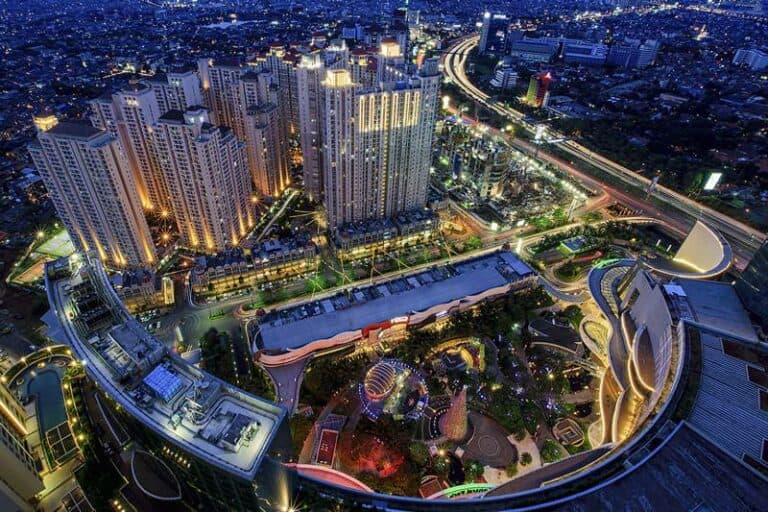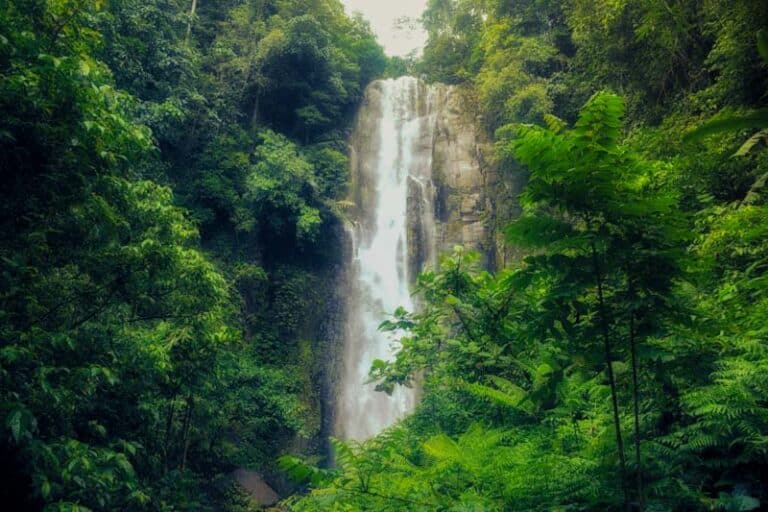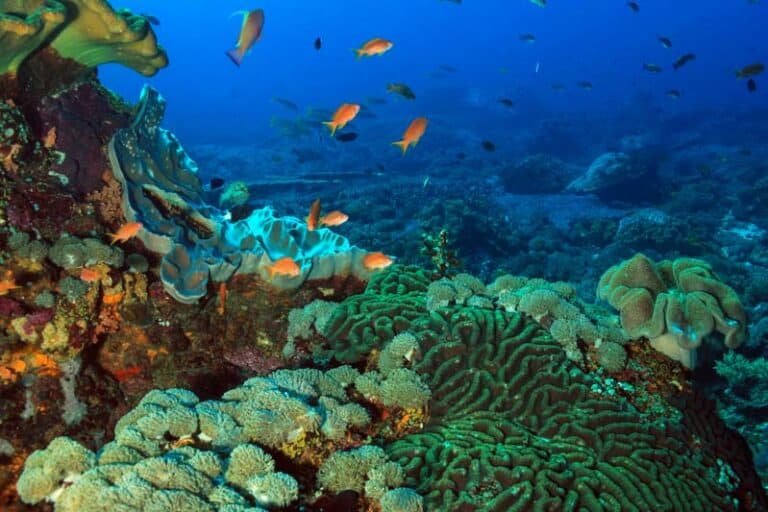As we know, Wakatobi in Sulawesi Indonesia consists of four main islands Wangi-Wangi Island (as the capital of this regency), Kaledupa Island, Tomia Island, and Binongko Island – which all form the acronym for Wakatobi itself. One of the doorways to reach Wakatobi Marine National Park is through Wangi-Wangi Island, the north-west cluster of Wakatobi, and here is all information you should know about Wangi-Wangi island.
Overview of Wangi-Wangi Island in Wakatobi Indonesia
As the capital of Wakatobi, Wangi-Wangi, or Wanci as it is often called, is one of the busiest islands, where most flights land from other cities in Indonesia land. It also has the main harbor where a few PELNI ferries stop by. As the biggest island and the center of administrative and public services, it has plenty of restaurants, ATMs, hotels, and government offices, which you cannot find on the other islands.
To get to Wakatobi by flights, you might land in Matahora Airport from other cities by stopping in Kendari for a transit. You can also reach Wangi-Wangi Island by boat, which takes about 10 hours from Kendari. Please note that the weather conditions might affect the flight or boat schedules.
From Wangi-Wangi, you can take a public boat to other islands, like Kaledupa Island, Tomia Island, Binongko Island. To catch the boat or ferry the next day, you probably need to stay for a night or two in Wangi-Wangi island after landing from your flight.
Wangi-Wangi Island also has easy access to numerous tourist attractions and activities, including the heritage sites, the cultural events, the authentic local food, and the beauty of its underwater popular in the diving industry. With only two main roads, getting around is uncomplicated either with motorbike, car, or public transportations.
Best things to do in Wangi-Wangi Island in Wakatobi
There are several activities and things to do in Wangi-Wangi Island Wakatobi, including:
- Experiencing the traditional local life with the inhabitants of Liya Togo Village in Wangi-Wangi Island, and visiting View Point and the fortress in this village. Liya Togo Fort, located in Liya Raya Village in the southern Wangi-Wangi Island, is a historical site along with a famous mosque called Mubarak. The fort structure was made of coral reef and connected with egg-whites and lime dough. You can also explore the lagoon around Liya Village by hiring a local boat there.
- Swimming in Kontamale Cave, a fresh limestone water pool in the cave. It can be reached within 10 minutes drive from the city center.
- Exploring another freshwater spring of Tekosapi, located by the main road of the city center when heading north towards Cemara Beach.
- Visiting Cemara Beach, around 7km from Wanci. Along the way, you will pass Wandoka and Sombu villages, before reaching Cemara Beach. Some dive operators are located right next to the beach, which is quite popular to do an Open Water Dive Course.
- Visiting the Mercusuar, an 18m tall lighthouse built in 1901 by Dutch colonialist, near Waha village right after the Cemara Beach turnoff. You can reach it through the dirt road leading up the hill to the lighthouse, by following the small path up to the hill where you can see the lighthouse after 200m. This spot offers breathtaking views to enjoy the sunrise or sunset.
- Visiting Kapota Island, the white sand ringed island on the west side of Wangi-Wangi Island. This island is blessed with unspoiled white sandy beaches, together with the lining pine and coconut trees along the beach. It also has the mangrove forests with the built-in roads, Tailaro Nto’oge Lake, which is great for a bird watching, and a bat cave full of stalagmites, stalactites, along with hundreds of bats hang on the ceiling of the cave. There is a public boat running daily from Wanci, taking around 30 minutes trip.
- Encounter the swimming dolphins in their natural habitat of Cape Kapota, or ask your dive operator to arrange a day trip.
- Seeing and interacting with the locals of Bajo Mola, a traditional Bajo people who are the original inhabitant of Wakatobi and as nomadic sea gypsies. Here, you can also shop for Wakatobi handicrafts handmade by local villagers.
- Jumping to swim or snorkel in the ocean from Sombu Jetty. The coral reefs are just a small jump off the jetty away, making it a popular and accessible spot for snorkeling and diving on the island.
- Paying a visit to Marina Bay to watch the sunset by the beach, and enjoy the nightfalls. You can also enjoy the food stalls selling local food and snacks.
- Witnessing the unique ritual called Karia’a, meaning joyful or festivity in the local language). It is a life-cycle ceremony for young girls to purify their souls before reaching their teenage years. They dress up with a stunning colorful outfit, which in fact, is traditional Wakatobi clothes, and sit on Kansoda’a – a palanquin carried by a group of men (usually family relatives) – to be paraded along the streets enlivened by the dancing and singing of older women.
- Visiting one or all of the three traditional markets in Wanci: the Pasar Sentral Mola, the largest market where locals do the shopping; the Pasar Malam (night market) offering fresh seafood which is located at Marina Bay close to the ferry harbor and opens around 4 PM; and the Pasar Pagi (morning market) located in the central Wanci where you can find a wide variety of goods and fresh groceries.
Dive sites around Wangi-Wangi Island in Wakatobi National Park
As one of the most popular diving destinations in the world, Wakatobi Marine National Park offers the best dive spots with the highest number of reef and fish species in the world, including around Wangi-Wangi Island. Some dive sites around this island include the Kapota Pinnacle, Nua Shark Point, Sombu, Waha Cemara, Waha Wall, Wandoka Pinnacle, Jepang, The Zoo, Tanjung Kapota, and The Berandals Cavern.
Traditional dishes of Wangi-Wangi Island
You can try various traditional dishes of Wangi-Wangi Island, including the susuru (bowsprit cakes), onde-onde, wadhe (glutinous sweet rice cake), saomi or kasuami (made of cassava for a rice substitute) usually served with fresh moringa leaf and a wide variety of fishes, karasi (snack made from cassava), laluta (grilled sticky rice), or parande fish soup.
